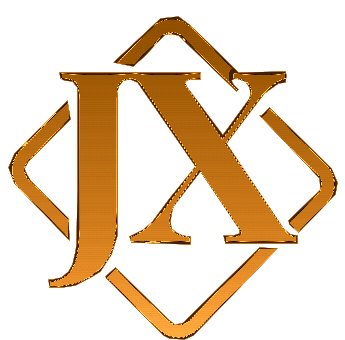We received a batch of iridium scrap with unknown content. Preliminary spectral testing showed that it contained 85% iron and about 10% iridium, with the other 5% being some impurities and base metals. These waste materials may come from discarded electronic equipment or chemical catalysts, but the specific iridium content has not been tested, and the results of the spectrum analyzer can only be used as a preliminary basis for judgment.

Facing this batch of iridium waste with unknown content, our technical team was both excited and nervous. On the one hand, if the scrap contains a high proportion of iridium, then this will be a huge revenue; on the other hand, if the iridium content is lower than the value of the spectroscopic test, it will lead to high losses. Today, the recycling value of one gram of crude iridium is 720 yuan. Even if the difference in iridium content measurement is 0.5%, we will lose more than 80,000 yuan for these dozen kilograms of iridium waste.
Preliminary detection usually uses spectroscopic analysis, which is a fast but less accurate method. Spectral analysis can initially determine whether the waste contains iridium, but it cannot accurately determine the content. In order to obtain more accurate results, the technical team turned to professional chemical analysis methods to detect iridium content. Although this method takes longer, it provides more accurate data on iridium content, thus greatly reducing the economic risk.

After using professional chemical analysis methods, we found that the iridium content in this batch of iridium waste was 1% higher than expected. This discovery is exciting for our team and also brings huge profit margins to recycling companies. After final research, we informed our customers of the real test results. This is the industry guideline we must follow when conducting iridium acquisitions.
文章末尾固定信息



评论